Travel guide
Our Romania Travel guide will provide you information about the country best tourist attractions which may help you to decide which tour to book, in which region you’ll want to travel. We hope that you’ll find here helpful details in order to plan your visit in Romania. We’ll invite you to discover the jewels of Romania by visiting our country.
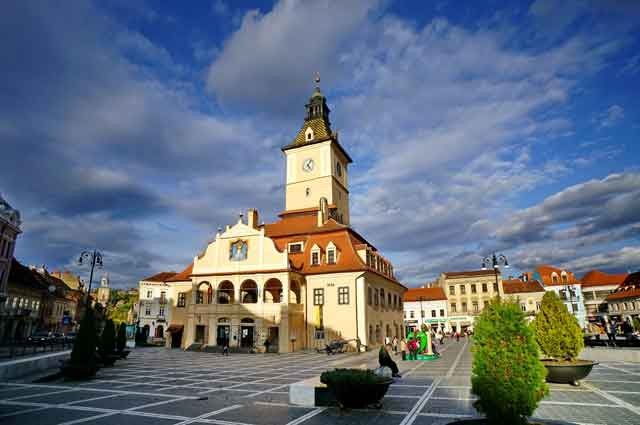
Brasov
Transylvania
Brașov is a charming medieval city in Romania, nestled in the Carpathian Mountains. Known for its stunning architecture, including the Black Church and Council Square, it offers a perfect blend of history, culture, and natural beauty. A must-visit destination for any traveler exploring Romania. It is a perfect base for your trip in Romania.
Read moreWhy to visit Romania? What I can see there? How can I travel to Romania?
Romania is considered a new entry on the European tourist map. More and more people started to discover this beautiful country located in South Eastern Europe. Visiting Romania you’ll discover that it is a fairly big country with a lot of interesting places to see. There are several regions which are mostly visited as Transylvania, Bucovina , Maramures, Danube Delta and the capital Bucharest. Different important tourist sights are spread on this regions but not only, having fairly big distances and long driving times between them. Thefore when you plan your trip to Romania allow minimum 3-5 days for a short trip, 7-9 days for a comprehensive tour and 12-15 days for a grand tour of Romania.
Regions
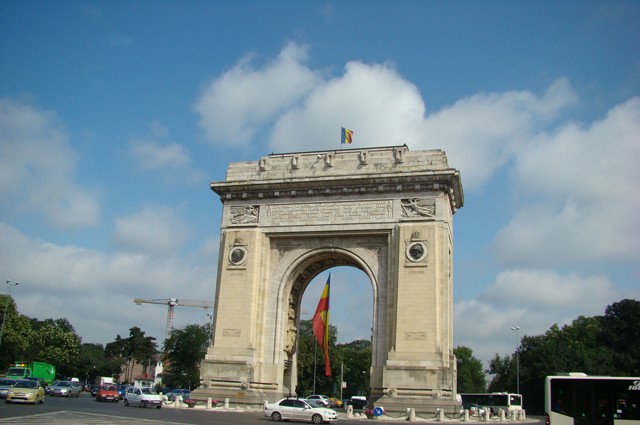
Bucharest
Wallachia
The capital of Romania is first documented for the first time in 1462 during the time of Radu cel Frumos brother of Vlad the Impaler. It first, became the capital of Romania in 1859 when Alexandru Ioan Cuza established the capital of the new state Romania in Bucharest. Bucharest was developed very well during the time of Carol I - our first king of the Hohenzollern -Sigmaringen dynasty.
Read more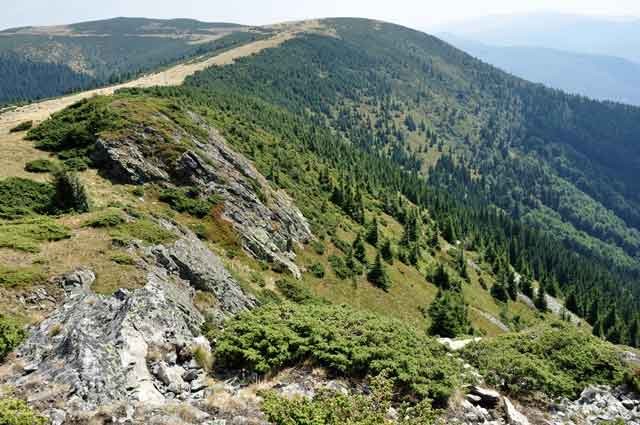
Nature and Animals. Nature Parks from Transylvania.
Transylvania
I will tell you some important things about Romania’s flora and fauna. Nowadays, one-third of Romania's territory is a mountain area, largely forested, where most of the interesting flora and fauna are to be found. Another third of the country territory is hills and plateaux areas, with a fair quantity of woodland still remaining, and another third is a plain area, most intensively farmed.
Read more
Wallachia Royal Court
Wallachia
Situated approximately 150 km north-west of Bucharest, Curtea de Arges used to be the capital of the Romanian Country or Wallachia from 1290 until 1396. The idea is that a nobleman who participated in this crusade from 1396-Nikopol noted in his documents about the movement of the capital from Curtea de Arges to Targoviste. In Curtea de Arges we have two important stops to make.
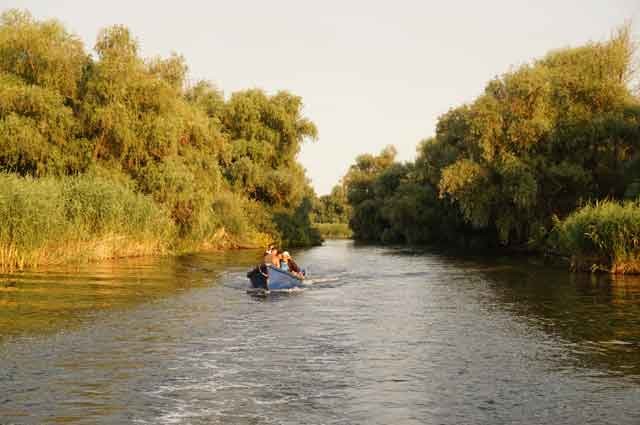
Nature and Animals of Romania. Danube Delta.
Danube Delta
I will tell you some important things about Romania’s flora and fauna. Nowadays, one-third of Romania's territory is a mountain area, largely forested, where most of the interesting flora and fauna are to be found. Another third of the country territory is hills and plateaux areas, with a fair quantity of woodland still remaining, and another third is a plain area, most intensively farmed.
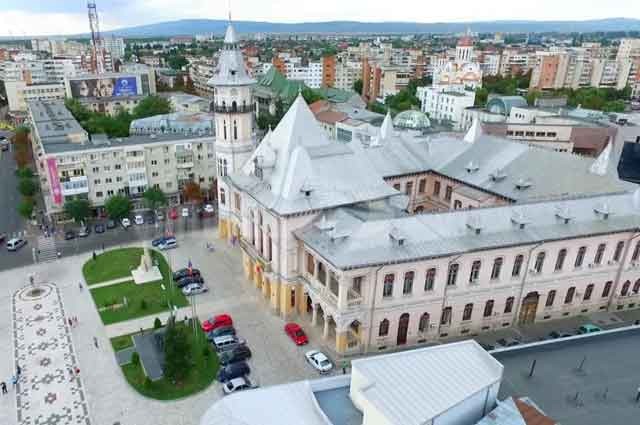
Buzau county
Wallachia
Buzau is a county located in southeastern Romania, in the Muntenia region. It borders Brașov and Covasna counties to the northwest, Prahova to the west, the Ialomița to the south, Brăila to the east, and Vrancea to the northeast.
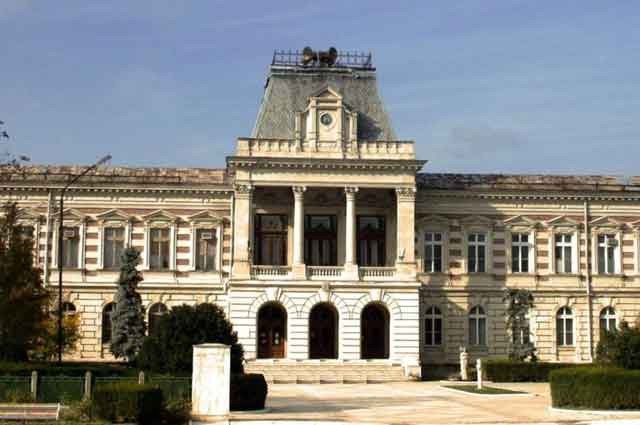
Calarasi County
Wallachia
Calarasi county is placed in the southeast of Romania, bordered by the Danube to its southern side.
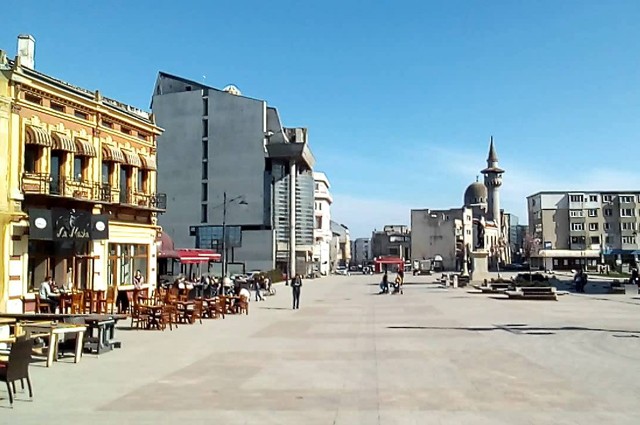
Constanta
Wallachia
Dobrogea or Dobrogea is a historical region in the Balkans that has been divided since the 19th century between the territories of Bulgaria and Romania. It is located between the Lower Danube and the Black Sea and includes the Danube Delta, the Romanian coast, and the northernmost part of the Bulgarian coast. The territory of Dobrogea is made up of Northern Dobrogea, which is part of Romania, and South Dobrogea, which is part of Bulgaria.

Tîrgoviște
Wallachia
The first writings about Targoviste as capital of Wallachia were found in the journal of Johann Schiltberger, who fought in the Nikopol crusade in 1396. The core of the princely Court was built during the time of ruler Mircea the Elder and it was made from a construction complex designated for the royal family, ministries and their servants.

Giurgiu
Wallachia
Giurgiu (Romanian pronunciation: [ˈdʒjurdʒju] is a city in southern Romania. The seat of Giurgiu County, it lies in the historical region of Muntenia. It is situated amongst mud-flats and marshes on the left bank of the Danube facing the Bulgarian city of Ruse on the opposite bank. Three small islands face the city, and a larger one shelters its port,

OLT County
Wallachia
The Olt county keeps the vestige of an amazing culture. The archeological digs, proved the existence of human settlements, starting from the oldest times of history like the ones from Pietrii Culture, Cris Culture, Vadastra, and Salcuta.
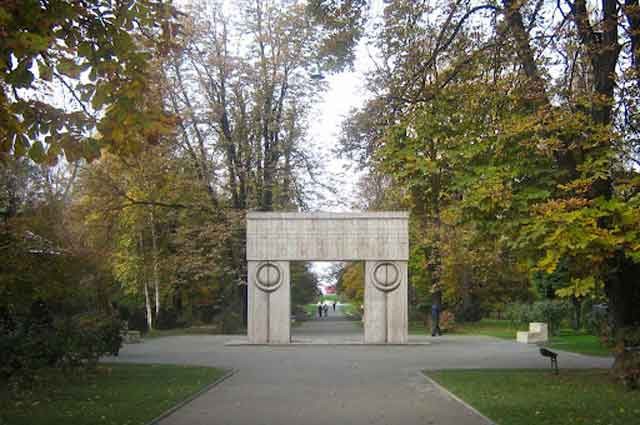
Tîrgu Jiu
Wallachia
Târgu Jiu (Romanian pronunciation: [ˌtɨrɡu ˈʒiw]) is the capital of Gorj County in the Oltenia region of Romania. It is situated on the Southern Sub-Carpathians, on the banks of the River Jiu. Eight localities are administered by the city: Bârsești, Drăgoieni, Iezureni, Polata, Preajba Mare, Romanești, Slobozia and Ursați. The city is noted for the Sculptural Ensemble of Constantin Brâncuși.
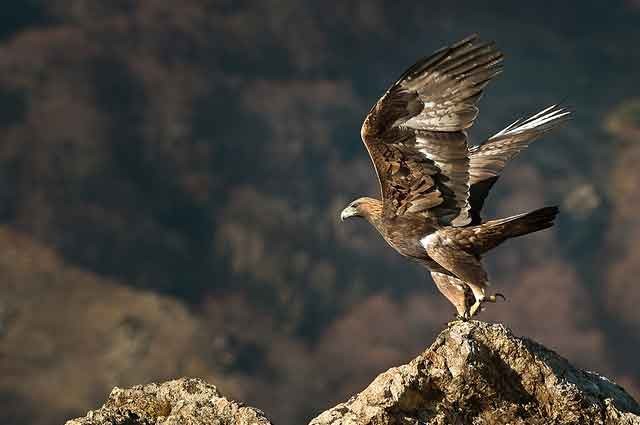
Nature and Animals of Romania. Nature Parks from Oltenia.
Wallachia
I will tell you some important things about Romania’s flora and fauna. Nowadays, one-third of Romania's territory is a mountain area, largely forested, where most of the interesting flora and fauna are to be found. Another third of the country territory is hills and plateaux areas, with a fair quantity of woodland still remaining, and another third is a plain area, most intensively farmed.
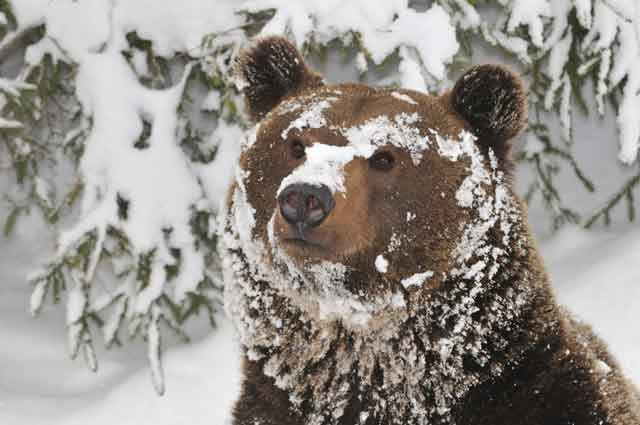
Nature and animals of Romania. Natural Parks from Moldova.
Bucovina
I will tell you some important things about Romania’s flora and fauna. Nowadays, one-third of Romania's territory is a mountain area, largely forested, where most of the interesting flora and fauna are to be found. Another third of the country territory is hills and plateaux areas, with a fair quantity of woodland still remaining, and another third is a plain area, most intensively farmed.
Travel to Romania
Romania is part of the European Union since 2007 and the same entry system is used. Citizens from many countries do not need Visa as from: USA, Canada, Mexico, Argentina, Brasil, EU countries, Australia, New Zeeland, Japan. Here is the list of countries whose citizens don’t need visa. For any informations about Romanian Visa system consult the official webpage of the Romanian Ministery of Foreign Affairs.
The biggest airport of Romania is Bucharest, and most tours start there, but you can use the airports from Cluj Napoca, Sibiu, Iasi, Targu Mures and Brasov (starting with 2022), etc.. Coming by train from Western Europe (Vienna, Budapest, Prague) you can start your tour from one of the cities you meet along the route: Oradea, Cluj Napoca, Sibiu, Sighisoara or Brasov. The last one, the city of Brasov, is located in the center of Romania and if you want to stay in one place and see the surrondings in daily tours than chose Brasov as your base.
Where to stay
In most places you’ll find good hotels and pensions which respect the international standards of hotel classification. Our suggestion is to choose a 3 / 4 stars hotel located in the centre of cities, in the old town with easy and confortable acces to the main sites and also to allow you to spend time at your leisure. In the old distrcits there are a lot of restaurants, coffe bars, shops, walking areas where you can spend your afternoon and evening. If you stay in rural areas choose a guesthouse or pension 3 / 4 stars which will offer you good natural food and confort.
Romanian cuisine
You’ll like Romanian meals, most of them based on more natural ingredients. The most used meat is pork and chicken. Fruits and vegetables have a great taste. There are several good Romanian beers as Ursus, Ciuc, Silva, Timisoreana. Romania has good wines too. Just try the red or white or rose, dry or sweeter as you choose. We also have a strong drink called “palinca” or “tuica”. They are plum or pear brandy. Taste them. We hope that you’ll find these few informations as interesting and you’ll decide to visit Romania.
Travel guide to Romania
Our Romania Travel Guide will provide you the necesary information about the most popular regions, the important towns, the best castles and fortresses and about different natural attractions, countryside places which travelers are usualy visiting in Romania. It is very important when you plan a vacation or a tour in Romania to have the accurate information about what you can see and few details about that place.
Our travel guide is structured by regions and include tourist information but also few tips which may help you in planning your vacation.
